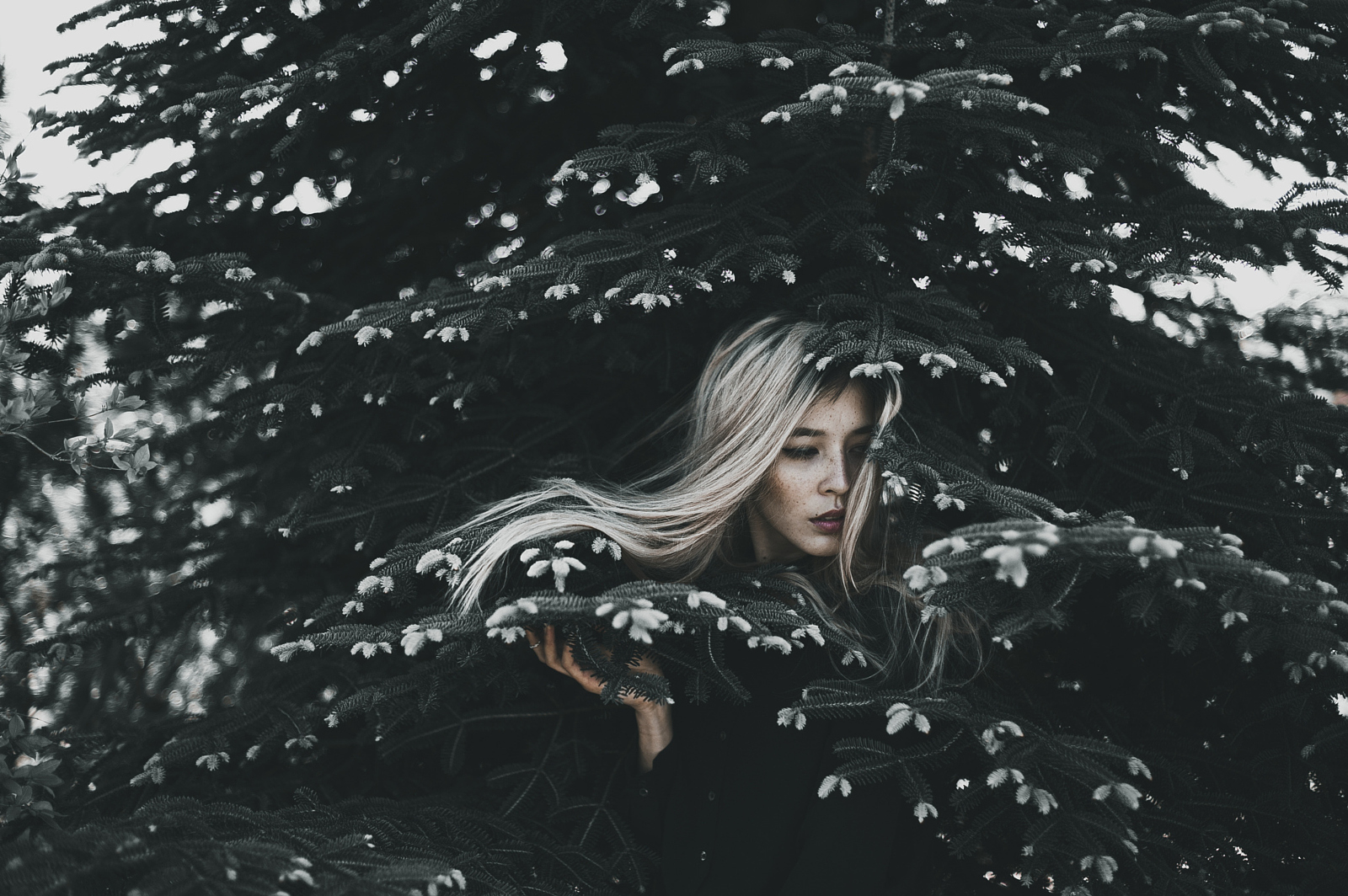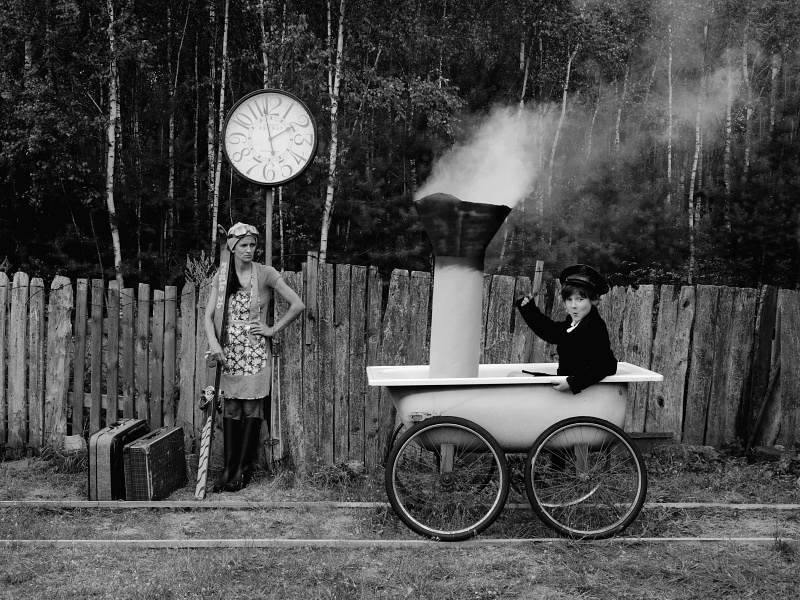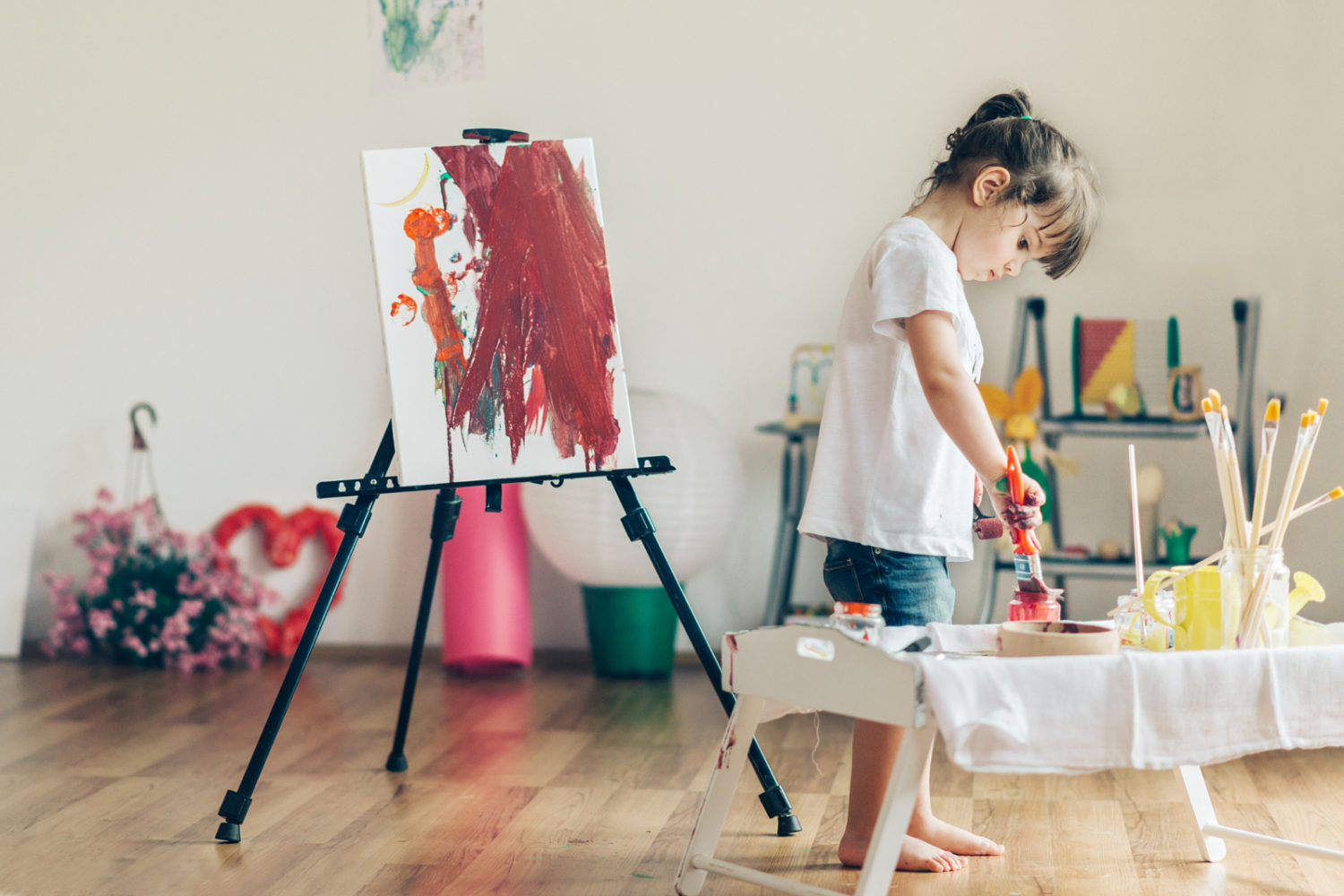Nothing fascinates us more than creative couples who work in the same field, especially when it’s two photographers who tend to document real moments of their daily lives. When you bring together two talented, artistic individuals, we can only imagine what this does for their own creativity and growth in pursuit of their professional and personal goals.
Just wait until you see the indelible images of Anja Schönitz and Alexander May. Together, this Berlin-based couple capture the rugged beauty of the landscapes and people they come across. The product of their collaborative shooting technique and editing workflow is truly monochromatic; monochrome is a color scheme that is predominant in contemporary photography these days. Instead of using color as a distinct feature in their work, they skillfully and deliberately work with light, shapes, and other organic elements in nature to convey their story and message.
With this, they’ve managed to completely pull it off with results that are nothing short of a feast for the eyes. So how do they do it? In this exclusive interview, they elaborate on their photography style, creation process, techniques they have in common, and what sets them apart as photographers. Read on, and get inspired!

Meet Anja Schönitz and Alexander May. Photo credit: Kitchener Photography
How did you get started with photography?
ANJA: My photography started years ago when I was twelve years old. My father was always passionate about photography. Somehow, I got influenced by him, and fell in love with photography ever since. So it all began when I was a child, and I tried a lot of different things. Photography helped me through several hard times, but it changed a lot in the last two years.
How did you meet each other?
ANJA: Alex and I got to know each other in the 5th grade during secondary school. 7 years later, we fell in love with each other. We both decided to create our own life in Berlin—that was seven years ago. Somehow, Alex got into photography through me.
How do you inspire each other everyday?
ANJA: I think I inspired him and he always wanted to know how to capture the world through a viewfinder. Now we working separately. I think we do inspire each other, and that’s why our work is somehow similar yet different.
Is your work a collaboration, a competition, or a bit of both?
ANJA:It’s neither a competition nor a collaboration between us.I think the most important thing is that we’re always talking about our feelings on life and living—about what we need in life. We criticize each other a lot, and that’s what growing with your own photography is all about. We do see the world in such different ways although we want to express similar feelings with our work.
Since you mostly do portrait and conceptual photography, let’s talk about models. If you are both shooting the same model, how do you select and agree who posts what?
ALEX: Both of us searching for their own models. We actually don’t like the word, “models” so let’s just say people.
ANJA: Often, Alex can’t imagine working with people I get in touch with and afterwards. When I show him the outcome, he gets inspired too, and he needs to work with them as well. Obviously, we have a particular look in mind, but we can’t describe it or exclude some kind of type when we’re searching. Because we specialize in portrait photography, we’re always in search of people who inspire us with their expression.
Can you share with us the story behind these shots?
ALEX: I got to know the subject of this photo Clara during a meet-up in Tuscany hosted by Alessio Albi. Besides her being astonishingly beautiful and and having a one-in-a-million face, she is one of the kindest and most heartwarming person I’ve gotten to know in my life. When she came to visit us last year in Berlin, we decided to go to the botanical gardens. It was a sweltering summer eve. I always had a certain shot of photographer David Uzochukwu in mind, where the person is perfectly holding a piece of fern over her back. Eventually, I had overthrown the idea of the image, and just let her lay into a massive field of fern, draped the plants around her so that it might look like a frame. For this shot, I used a Nikon D700 with a Sigma 35mm 1.4. Post-processing is all on Lightroom, playing with the light and a lot of desaturating in the colors, especially the green tones.
ANJA: Katrin and Paula are both lovely girls. I got to know both of them through the internet and found them through other photographers. I was so lucky to meet and work with them. Every time I work with people, it’s just like a walk through the woods or a botanical garden. I don’t like to do half hour photo shoots. I want to get to know the people I’m working with, as much as you can do within several hours. I think it’s very important for both sides to get to know each other in the first place.
ANJA: I always use my camera and work with natural light. Sometimes, Alex assists me with the reflector, tossing it up to create wind. Rarely, I have a specific picture in mind at the beginning. Most of the time, everything comes together spontaneously. I see a setting that’s perfectly lightened or structured by its own nature. That’s it. Afterwards, I do the post-processing in Lightroom, and work on some skin corrections in Photoshop. I do have my own filter which I created over the years.
Any tips or techniques for photographers who want to capture a lack of color so well?
ANJA: Use natural light, and don’t use a photoflash at daylight. It took us years to get the style we’d like to have. Two years ago, my photography was a lot more colorful than today. Although I wasn’t doing it on purpose, the colors have evolved and changed as I changed my own perspective over the last months and the last year. Sometimes, you don’t need to overthink every step you make. It sounds cheesy, but in photography you have to follow your heart. If you’re truly passionate about this, everything will fall into place one day. But you have to be patient. You have to believe in yourself, and allow yourself to take breaks if you need them.
ALEX: Capturing the lack of color was never our intention in post-processing. But as we mentioned before, it just happened. It sounds strange, but we played so much with the colors in our photographs over the last couple of years. Step by step, we began to create our own look and our own style. There’s no other advice we could give. Just play around with the colors and saturations in Lightroom or Photoshop.
Let’s talk about trends in contemporary photography this year and going into 2017. What are you personally going after, and would like to develop more?
ALEX: We think it became pretty common to create a feeling that combines lifestyle and adventure by awfully highlighting of cyan and orange tones! Nevertheless, there are still a lot of shots that look great, but we can’t get rid of the feeling that a lot of these shots transport a kind of pseudo-freedom of traveling. Our next step is to visit Iceland. Besides being personal, it’s a photographic adventure for both of us, and we can’t wait for it to happen. With Iceland, we want to start to develop our skills in analog photography. Anja started with analog photography, and switched to digital two years ago. By going mostly analog on this trip, we just want to try to create certain feelings and situations using just one frame on a limited film budget and without the memory gigs on a digital camera. That’s our goal.
To see more of Anja’s incredible images, you can visit her on 500px, Instagram, or her website.
To see more of Alex’s breathtaking photos, you can visit him on 500px, Facebook, or Instagram.















Leave a reply